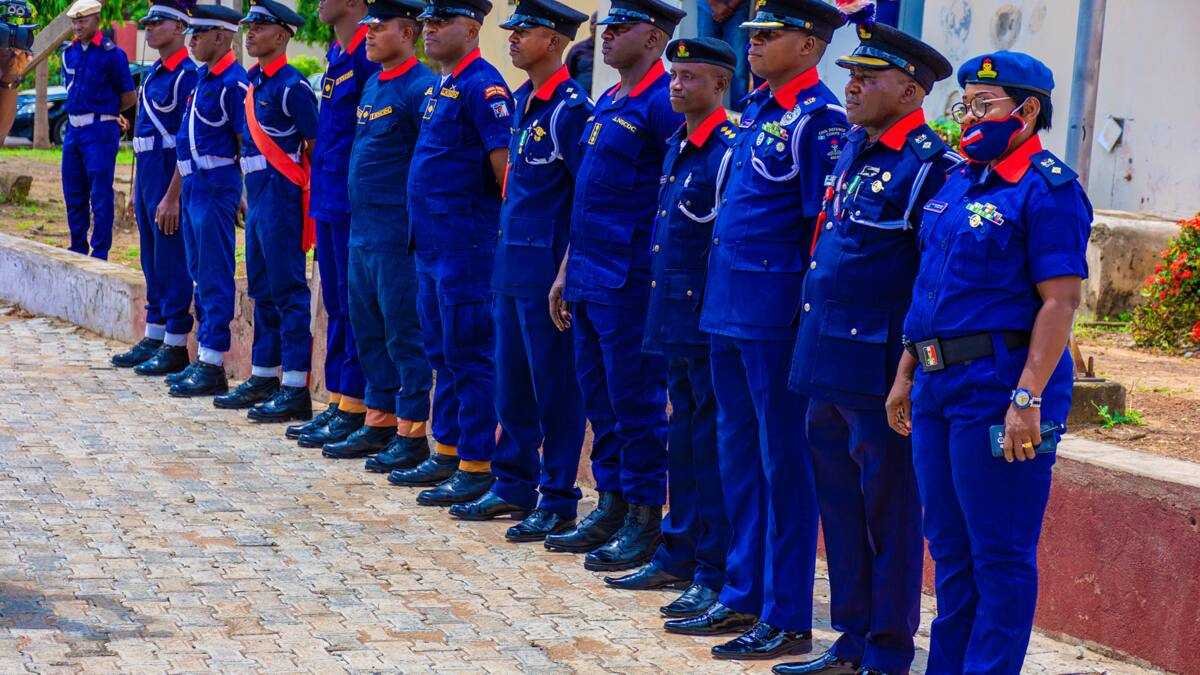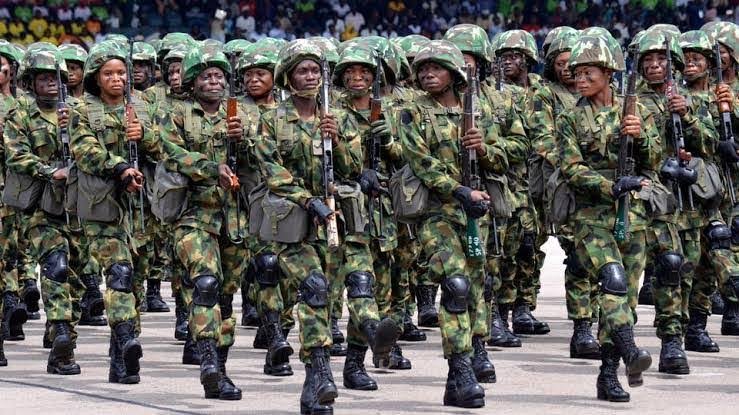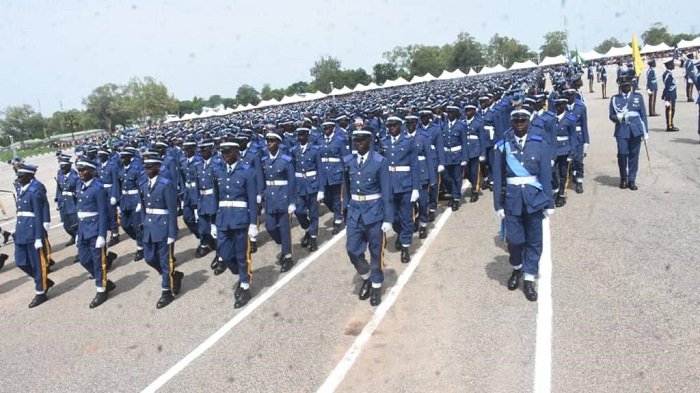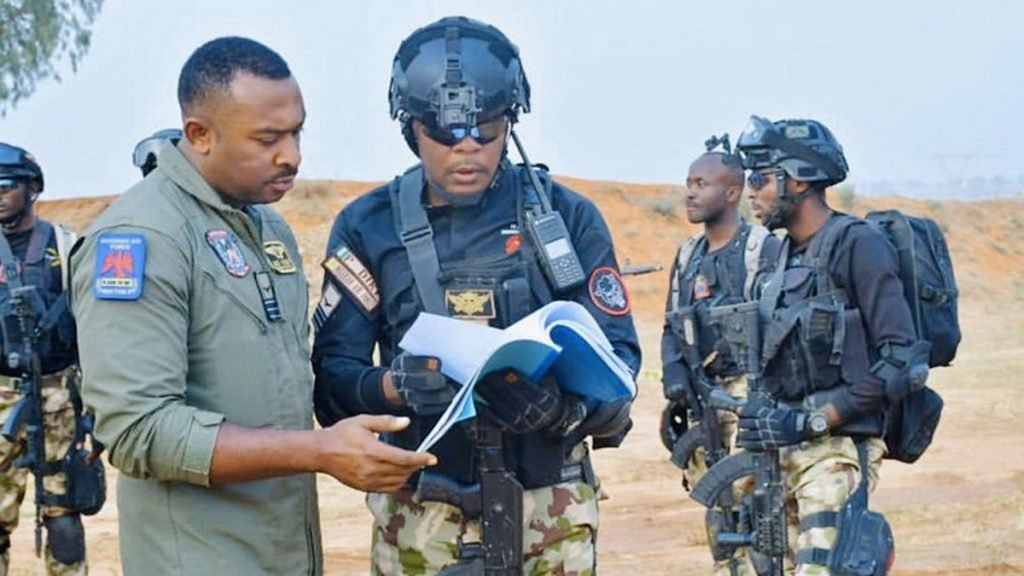NSCDC Salary Structure and Breakdown: Officer Earnings

The Nigeria Security and Civil Defence Corps (NSCDC) salary structure is designed to ensure that officers are compensated according to their rank, responsibilities, and years of service. This structure is based on the Consolidated Paramilitary Salary Structure (CONPASS), which standardizes salaries across various security agencies. In 2025, understanding the NSCDC salary scale will help provide clarity on how much officers earn and the benefits they receive.
NSCDC Ranks and Salary Breakdown
The NSCDC salary breakdown provides a clear overview of what officers earn across various ranks.
Each rank comes with different responsibilities and, accordingly, different pay levels.
The salary structure is divided into various categories:
- Assistant Cadre (Levels 3-5): Officers in these entry-level positions earn between ₦296,506 and ₦374,259 annually. These are typically lower-level officers who are just starting their careers within the NSCDC.
- Assistant Inspectorate Cadre (Level 6): At this level, officers earn between ₦357,385 and ₦411,454 per year, reflecting their growing experience and responsibilities.
- Inspectorate Cadre (Level 7): Officers at this rank earn between ₦483,014 and ₦567,065 annually, indicating a further increase in duties and leadership roles.
- Assistant Superintendent Cadre II (Level 8): Officers in this position earn an annual salary ranging from ₦858,956 to ₦986,991, with higher duties and operational roles expected at this level.
- Assistant Superintendent Cadre I (Level 9): The salary for these officers ranges from ₦939,310 to ₦1,056,416 annually, reflecting their advanced expertise and responsibilities.
- Deputy Superintendent Cadre II (Level 10): These officers earn between ₦1,012,562 and ₦1,143,539 per year, reflecting their higher-ranking role.
- Superintendent Cadre II (Level 11): Officers earn between ₦1,094,027 and ₦1,252,038 annually, signaling significant responsibility in managing teams.
- Chief Superintendent Cadre II (Level 12): The salary for this rank ranges from ₦1,158,172 to ₦1,325,234, with a higher level of authority and operational duties.
- Assistant Commander (Level 13): These senior officers earn between ₦1,225,584 and ₦1,405,449 annually, reflecting their advanced leadership and managerial responsibilities.
- Deputy Commander (Level 14): Officers at this level earn between ₦1,405,449 and ₦1,585,354 annually, reflecting their position as leaders in the organization.
- Chief Commander (Level 15): The salary for this rank ranges from ₦1,585,354 to ₦1,765,259 annually, with substantial leadership responsibilities in managing significant operations.
- Assistant Commandant General (Level 16): This is one of the highest ranks, with officers earning between ₦1,765,259 and ₦1,945,164 annually.
- Deputy Commandant General (Level 17): Officers at this level earn between ₦1,945,164 and ₦2,125,069 per year.
- Commandant General (Level 18): The highest rank within the NSCDC, with salaries ranging from ₦2,125,069 to ₦2,305,974 annually.
These salary estimates are based on the standard structure, and actual figures may vary depending on various factors such as experience and special allowances.
Additional Benefits and Allowances in the NSCDC Pay Structure
Beyond the NSCDC salary levels, officers also receive various allowances that enhance their compensation.
These allowances are designed to cover the costs associated with their duties and ensure that officers are adequately supported.
- Transport Allowance: This helps cover commuting expenses to and from work.
- Medical Allowance: This covers healthcare-related costs, ensuring that officers receive medical support when needed.
- Uniform Allowance: Officers receive an allowance to maintain and replace their uniforms.
- Operation Allowance: This is offered to officers participating in special operations or missions.
- Special Force Allowance: High-risk duties come with a special allowance to compensate officers for the added dangers of certain tasks.
These allowances ensure that officers have the necessary support to perform their duties effectively while maintaining their well-being.
Recent Updates in NSCDC Salary Structure
In 2024, the Nigerian government approved an increase in allowances for paramilitary officers, including those in the NSCDC.
This update aimed to enhance the overall welfare of officers by providing higher rent subsidies and additional benefits, which brings the NSCDC pay scale closer to that of other security forces.
The government has also committed to periodic reviews of the NSCDC salary structure to ensure that it remains competitive.
This includes adjustments for inflation, cost of living changes, and alignment with other security agencies’ salary structures, ensuring fairness and sustainability.
Wrap-Up
The NSCDC salary structure offers a comprehensive framework for rewarding officers based on rank, experience, and dedication to service.
With various allowances and benefits, the NSCDC remuneration package supports officers throughout their careers.
As the Nigerian government continues to review and adjust the NSCDC salary scale, officers can expect improvements in line with their responsibilities and the challenges of national security duties.
Article updated 1 month ago ago. Content is written and modified by multiple authors.









